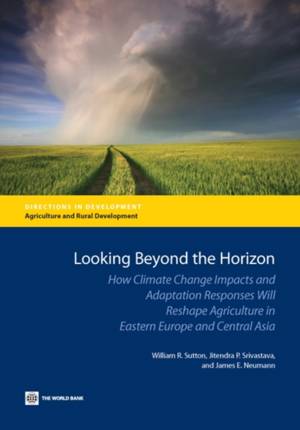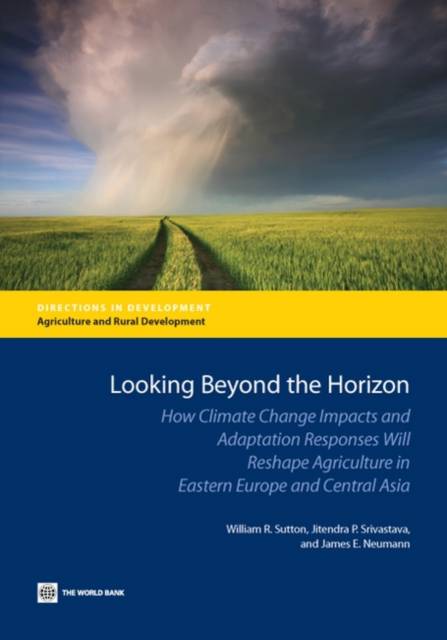
- Retrait gratuit dans votre magasin Club
- 7.000.000 titres dans notre catalogue
- Payer en toute sécurité
- Toujours un magasin près de chez vous
- Retrait gratuit dans votre magasin Club
- 7.000.000 titres dans notre catalogue
- Payer en toute sécurité
- Toujours un magasin près de chez vous
Looking Beyond the Horizon
How Climate Change Impacts and Adaptation Responses Will Reshape Agriculture in Eastern Europe and Central Asia
50,95 €
+ 101 points
Description
Agriculture and climate change are inextricably linked, as agriculture is one of the most climate-sensitive of all sectors. In many countries, such as the four that are examined in this work, the risks of climate change for the agricultural sector are a particularly immediate and important problem because the majority of the rural population depends either directly or indirectly on agriculture for their livelihoods. The risks of climate change cannot be effectively dealt with, and the opportunities cannot be effectively exploited, without a clear plan for aligning agricultural policies with climate change, for developing key agricultural institution capabilities, and for making needed infrastructure and on-farm investments. Developing such a plan ideally involves a combination of high-quality quantitative analysis and consultation with key stakeholders, particularly farmers, as well as local agricultural experts.
Spécifications
Parties prenantes
- Editeur:
Contenu
- Nombre de pages :
- 218
- Langue:
- Anglais
- Collection :
Caractéristiques
- EAN:
- 9780821397688
- Date de parution :
- 26-03-13
- Format:
- Livre broché
- Format numérique:
- Trade paperback (VS)
- Dimensions :
- 178 mm x 254 mm
- Poids :
- 353 g






